Table of content
Shrimp, a beloved seafood staple worldwide, is prized for its delicate sweetness, versatility in recipes, and impressive nutritional profile. However, its perishable nature demands careful handling to preserve its quality. Whether you’ve purchased fresh shrimp from a market, caught it yourself, or stocked up during a sale, mastering the art of preservation ensures every meal showcases its peak freshness and flavor. This comprehensive guide explores step-by-step methods to process, store, and revive shrimp, ensuring it remains a culinary delight.
Why Proper Shrimp Preservation Matters
Shrimp’s high moisture content and mild flavor make it susceptible to bacterial growth and oxidation. Improper storage can lead to spoilage, texture loss, and off-flavors. Fresh shrimp should smell faintly briny, like the ocean, with translucent flesh and firm texture. Any ammonia-like odor, sliminess, or dull color indicates spoilage. By adhering to preservation best practices, you extend its shelf life while locking in nutrients like protein, omega-3s, and vitamins.
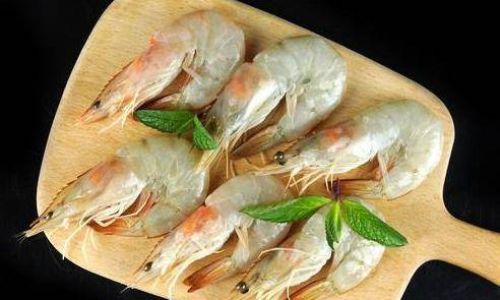
Step 1: Preparing Shrimp for Storage
Proper processing before storage is non-negotiable.
-
Cleaning and Deveining

- Rinse shrimp under cold running water to remove debris.
- Use a paring knife to make a shallow cut along the back (or use shrimp deveiners for efficiency).
- Gently extract the dark intestinal tract (vein) and discard it.
- Optional: Remove shells for easier thawing later, but leave tails intact for visual appeal if desired.
-
Blanching (for Freezing)
- For optimal texture retention, blanch shrimp before freezing:
- Boil water in a large pot with 1 tbsp salt per quart.
- Add shrimp and cook for 1–2 minutes until pink and opaque.
- Immediately transfer to an ice bath to halt cooking.
- Pat dry thoroughly to prevent ice crystal formation.
- For optimal texture retention, blanch shrimp before freezing:
Step 2: Choosing the Right Preservation Method
Method 1: Refrigeration (Short-Term Storage)
- Ideal For: Shrimp to be cooked within 1–2 days.
- Steps:
- Place cleaned shrimp in airtight containers or resealable bags.
- Layer with damp paper towels to maintain humidity without excess moisture.
- Store on the bottom shelf (coldest area) of the refrigerator.
- Shelf Life: 1–2 days.
Method 2: Freezing (Long-Term Storage)
Freezing is the gold standard for preserving shrimp beyond 48 hours.
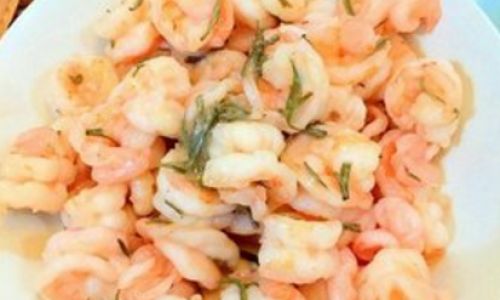
- Steps:
- Dry Packing:
- Arrange cleaned shrimp in a single layer on a baking sheet.
- Freeze until solid (1–2 hours).
- Transfer to freezer-safe bags, removing excess air.
- Brine Soaking (Enhanced Flavor):
- Soak shrimp in a saltwater brine (1 tbsp salt per cup of water) for 10 minutes.
- Drain, pat dry, and freeze as above.
- Why? Salt strengthens flesh proteins, reducing freezer burn.
- Vacuum Sealing:
Use vacuum sealers to eliminate air, preventing oxidation and freezer burn.
- Dry Packing:
- Shelf Life: 6–9 months when frozen at 0°F (-18°C) or below.
Method 3: Marinating and Freezing
- Toss shrimp in olive oil, garlic, herbs, or citrus juice before freezing.
- Pro Tip: Freeze marinated shrimp in portions for instant flavor during cooking.
Method 4: Canning (Advanced)
- Requires pressure canning equipment to kill botulism-causing bacteria.
- Follow USDA guidelines strictly; improper canning poses health risks.
Step 3: Thawing Shrimp Correctly
Improper thawing ruins texture and invites bacteria.
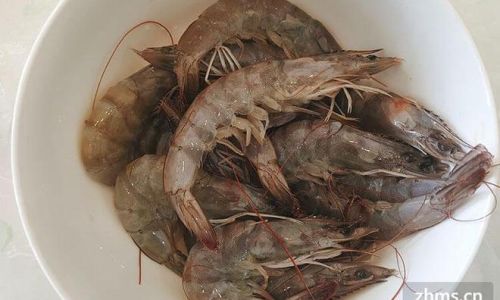
- Best Practices:
- Refrigerator Thawing: Transfer frozen shrimp to the fridge 12–24 hours before use.
- Cold Water Bath: Seal shrimp in a waterproof bag and submerge in cold water, changing water every 30 minutes.
- Avoid: Microwaving (causes uneven cooking) or leaving at room temperature.
Step 4: Cooking Preserved Shrimp
Preserved shrimp retains its versatility.
- Quick Ideas:
- Sauté with garlic butter for pasta.
- Grill skewered shrimp with lime zest.
- Add to stir-fries or curries during the final minutes.
- Textural Note: Frozen-then-thawed shrimp cooks slightly faster than fresh; monitor closely.
Common Mistakes to Avoid
- Storing Unprocessed Shrimp: Freezing raw, uncleaned shrimp leads to toughness.
- Overcrowding Containers: Air circulation prevents moisture buildup.
- Refreezing Thawed Shrimp: Risks bacterial growth and texture degradation.
- Ignoring Expiry Dates: Label bags with freeze dates to track freshness.
Advanced Tips for Gourmet Preservation
- Glaze Ice Method: Dip frozen shrimp in water, freeze, and repeat to create an ice coating.
- Herb-Infused Freezer Bags: Add rosemary sprigs or lemon slices to bags for subtle flavor infusion.
- Sous-Vide Prep: Vacuum-seal shrimp with seasonings for ready-to-cook pouches.
Signs of Spoilage to Watch For
- Foul, ammonia-like odor.
- Slimy or discolored flesh.
- Sunken eyes (if heads are attached).
- Expired “use-by” dates.
Conclusion: Enjoy Shrimp at Its Best
Shrimp’s fleeting freshness is a culinary challenge, but with meticulous preservation, you can savor its briny sweetness year-round. Whether opting for quick refrigeration or long-term freezing, the key lies in minimizing bacterial exposure and oxidative damage. By blanching, brining, or vacuum-sealing, you transform this delicate protein into a pantry staple ready to elevate dishes from paella to ceviche. Remember: the best preservation method aligns with your timeline and recipe plans. With these techniques, every bite of shrimp will taste as if it were caught moments ago.
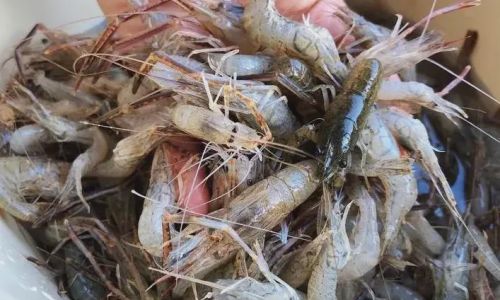
Final Word: Preservation is not merely about extending shelf life—it’s a tribute to the ocean’s bounty, ensuring that every meal honors the shrimp’s delicate flavor and texture. Treat it with care, and it will reward your table with unparalleled deliciousness.



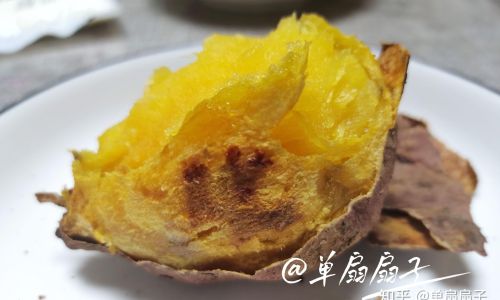
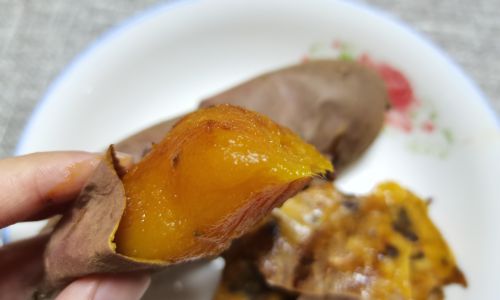
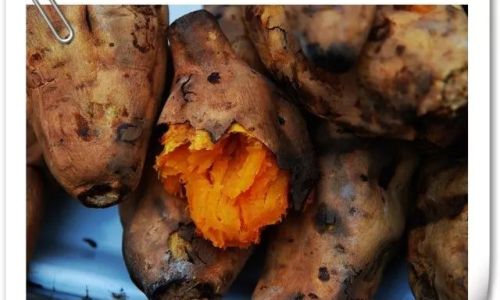
0 comments